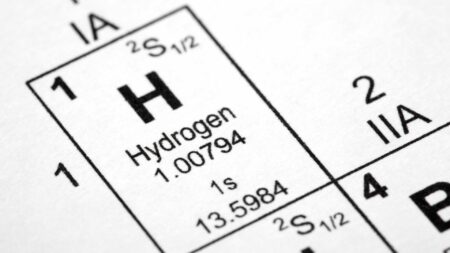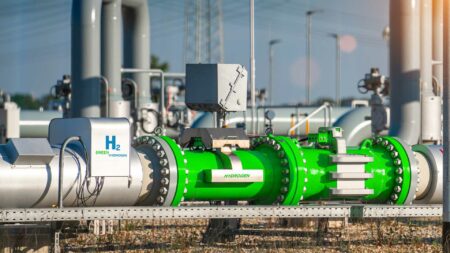For climate protection, it is necessary to replace fossil energy sources. In the case of natural gas, this is currently intensified by the Ukraine war and dependence on Russian natural gas.
Therefore, the German government plans to deploy up to four floating terminals and to build two stationary LNG terminals in Brunsbüttel and in Stade. The VDI points out the inclusion of hydrogen use in the planning. Why this is important.
In the current situation, the construction of LNG terminals is very urgent. Since these are long-term investments, VDI advocates that the terminals should also be able to be used to import green gases such as liquid hydrogen (LH2). However, if the LNG terminals prevent a gas emergency in the winter with its consequences for industry and the population, the costs for a new construction of LH2 terminals are probably low in comparison.
LNG terminals: Thinking long term
In order to convert an LNG terminal to LH2, it makes sense above all to ensure that at least the long-life major components, such as the tanks, are suitable not only for LNG but also for LH2 from the outset. The main thing to bear in mind here is the significant temperature differences: liquid natural gas has a temperature of minus 163 degrees Celsius and liquid hydrogen minus 253 degrees Celsius.
The requirements for thermal insulation are thus significantly higher. The requirements for the metallic materials are also somewhat higher, but not as dramatically: steels that are basically suitable for hydrogen are already being used in the LNG sector. However, if this is not the case, embrittlement and cracks can occur in the material.
Regasification of liquid hydrogen requires similar (0.35 MJ/Nm3) heat to LNG (0.6 MJ/Nm3), with a slightly lower heating value of hydrogen (10.7 MJ/Nm3 versus 35.7 MJ/Nm3 for natural gas). It would make sense to make the evaporators for regasification modularly expandable to achieve the necessary flexibility with respect to the required heat output.
In general, it would be reasonable to use ambient heat (air, seawater) for heating instead of combustion heat. However, for the larger amounts of cooler air and water, the environmental impact must be examined, such as the impact on the ecosystem involved. LH2 cooling is also energetically very valuable, because theoretically 1.7 times as much cooling can be obtained from this cooling than from natural gas (1.3 MJ/Nm3 versus 0.75 MJ/Nm3). Therefore, LH2 refrigeration should be used whenever possible, for example for process refrigeration applications in industry.
Another important aspect is the handling of boil-off gas, which is produced by LH2 evaporation in the storage tank (due to imperfect thermal insulation). This can be compressed and injected into a pipeline; the compressors used in this process must also be hydrogen-capable.
LNG terminal: Plan operation with hydrogen from the outset
In summary, a terminal that can be used for LNG and later for LH2 should ideally be planned and built from the outset as if it would be operated exclusively with liquid hydrogen. A later retrofit is possible, but not economically viable, as too many major components would have to be replaced.
However, it is not yet clear in what form hydrogen will be transported in the future, as LH2 or alternatively transformed in the form of, for example, green ammonia or green methane. If the ammonia can be used directly, this could have advantages over LH2. If the green ammonia is transformed back into hydrogen, the energy losses are so great that this route performs worse than LH2 import, at least at present.
However, if it turns out in the future that shipping in the form of ammonia or green methane is more economical, then the additional investment for “H2 readiness” could also turn out to be a bad investment.
The hydrogen lead projects TransHyDE and H2Mare deal with the development of a hydrogen infrastructure. Both projects consist of further sub-projects that deal with different topics of the H2 infrastructure.








